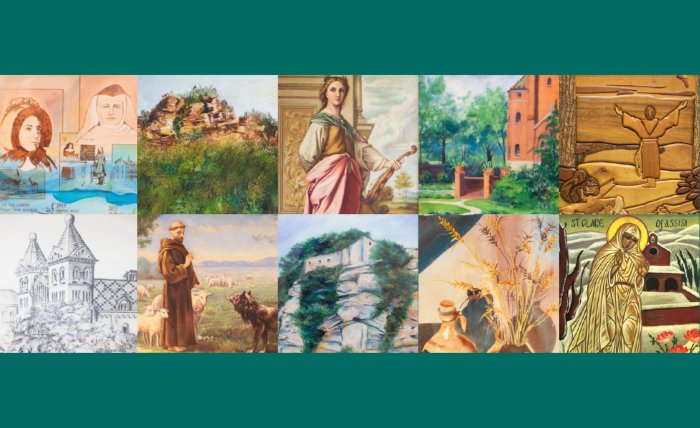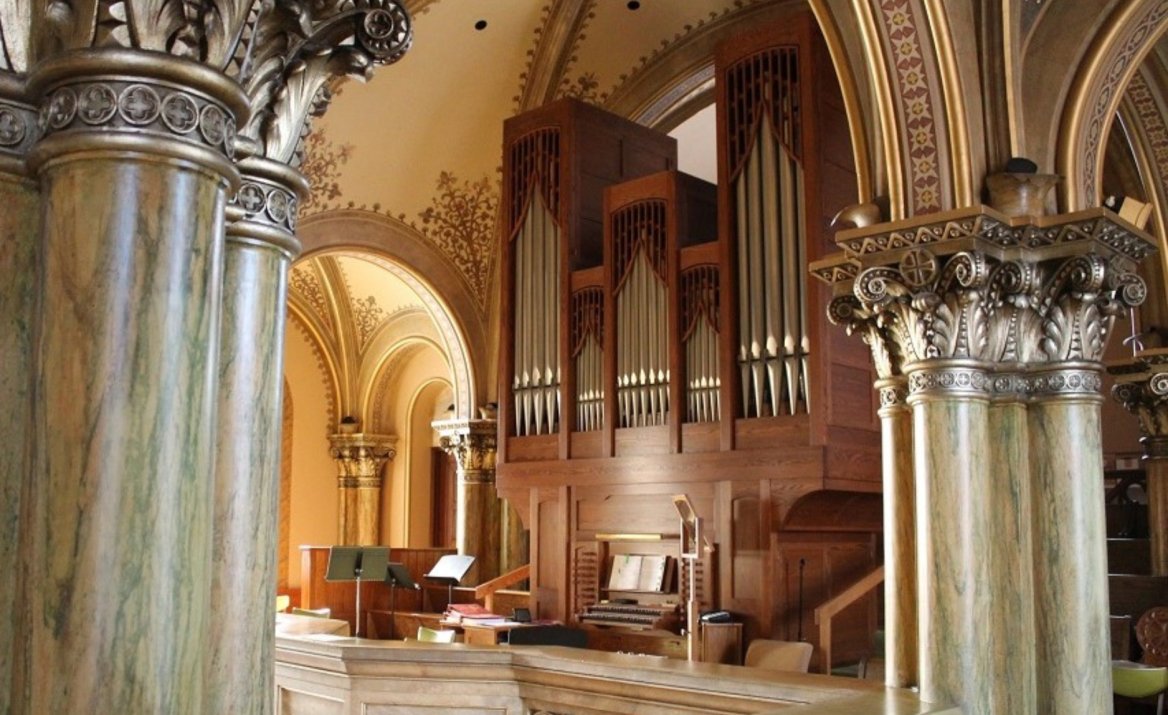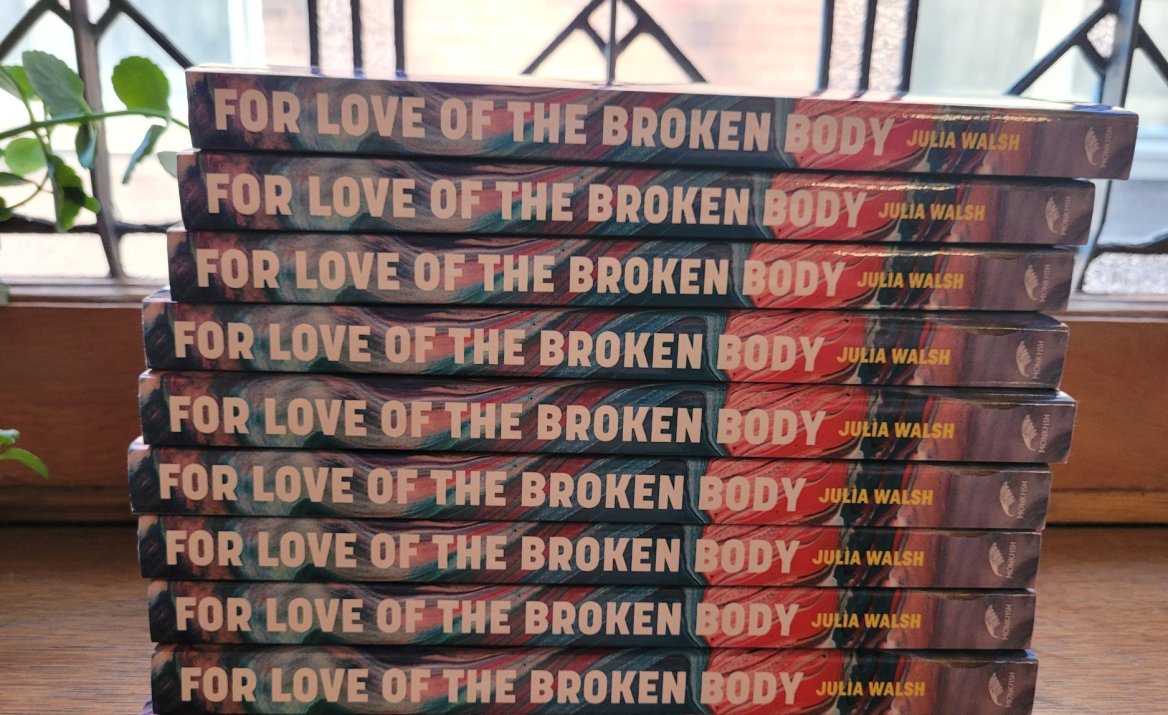Art, Beauty and Joy
With every canvas painted, melody performed, paragraph authored and sonnet composed, the Franciscan Sisters of Perpetual Adoration have cultivated art, beauty and joy, expressing their love of creation and living out their Franciscan values. The arts have a way of inspiring a love for learning and creating communities committed to collaboration. Art, beauty and joy — like Mother Antonia Herb declared after purchasing a painting instead of provisions for the community — is “food for the soul.”

Visual Art Experience
It is critical that we preserve the legacy of FSPA artists. As part of our 175th anniversary of prayer, witness and service, we share sisters’ watercolor, intarsia and icon creations as well as their artistic experience, inspiration and video interviews.
view art

Music
From the soothing sounds of Franciscan Sister of Perpetual Adoration Malinda Gerke’s harp collection to songs of the season performed by sisters and FSPA partners in mission, we share our favorite music compilations.
listen

Shop Books
Explore literature crafted by FSPA authors. Many titles — including “For Love of the Broken Body” by Sister Julia Walsh, “Mary of the Angels Chapel: God’s Answer to a Bold Promise” by Sister Malinda Gerke and “Thea’s Song: The Life of Thea Bowman” by Sister Charlene Smith and John Feister” — are available for purchase from our digital store.

Poetry
"It is the mystery of God come down to earth," writes Franciscan Sister of Perpetual Adoration Marianna Ableidinger, in a poem featured in our series, "Poet of the Month." We invite you to experience these and other works by our sisters.
read poetry

